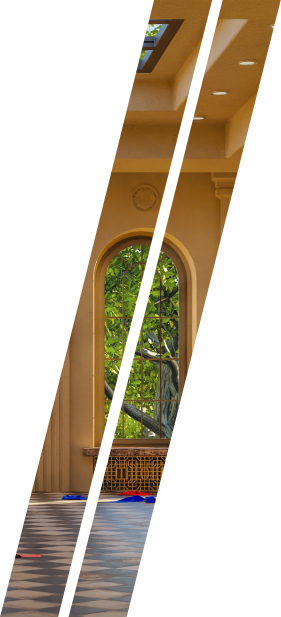 Search
Search
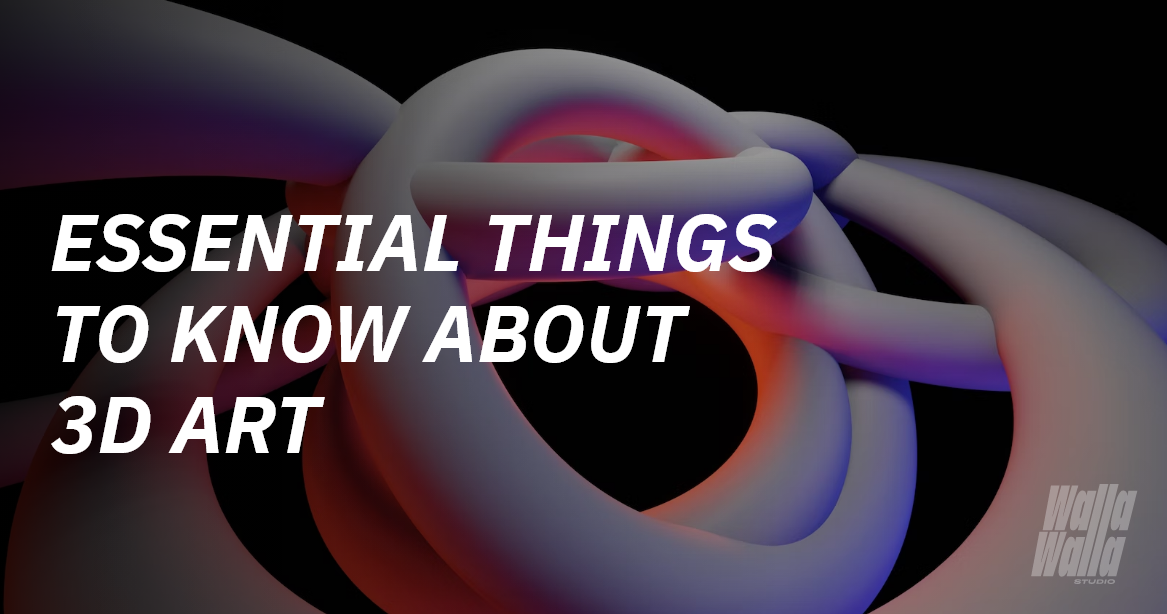
It would be difficult to overestimate the significance of 3D art for the modern visual culture, especially in the context of the total digitization we observe. The level of detail and realism it provides is simply unobtainable by any sort of 2D art. Artists and designers can create immersive, detailed, realistic visuals in three dimensions. The technology offers a highly versatile medium for a wide variety of different visual styles: realistic, abstract, surrealist, etc. With 3D art software, creative people possess a powerful tool to tell their stories and express a wide range of ideas and emotions.
3D game art helps create incredibly realistic characters and objects that add realism and atmospheric density to video games. Such technologies as Unreal Engine and motion capture continuously improve motion animation quality, allowing in-game visuals to become so impressive and realistic.
In addition to gaming, 3D artwork can be found in a variety of spheres of the visual culture, including films, television, and advertising. Besides, there are dedicated websites that specialize in three-dimensional digital craftwork, such as TurboSquid and Sketchfab. These websites allow artists to upload their work and make it available for other people to download and use in their own projects. Hence, 3D digital art promises to be increasingly used in many different contexts that the contemporary digitized-to-the-core environment generates.
What is three-dimensional art, and how to create 3D art models? How do designers use one or another 3D modeling technology? And where to find professionals for three-dimensional art projects? Find the answers in our present post.
What is 3D art?
The most comprehensive definition of 3D art is creating three-dimensional objects or images using a computer program or other digital media. It includes three-dimensional modeling, animation, simulation, etc.
3D game art implies creating three-dimensional items for video games. Such objects can include characters, landscapes, buildings, and vehicles. As graphics technology advances, 3D art models are becoming increasingly realistic and detailed, adding a new level of immersion to gaming experiences.
Technically speaking, 3D digital art is all about a specific visual illusion. The illusion of three-dimensional space in 2D settings is referred to as perspective. Perspective is a visual technique that allows us to create the illusion of depth and distance in 2D images. This technique has been used in art and photography for hundreds of years and is now used in digital design to create realistic virtual worlds.
We can create the illusion of a three-dimensional environment by using perspective, even though we’re only looking at a 2D screen. This technique is especially effective in first-person digital art games, where the player is immersed in the gaming space.
The scope and popularity of 3D graphics in today’s digital world allow us to take three-dimensional art as a standalone design subculture. Such a subculture covers various individuals who share a common interest or passion for designing in three dimensions. It includes modeling, animation, printing, and other related topics.
Many online communities unite 3D design enthusiasts. These communities provide a space for people to share their work, get feedback from others, and learn from each other. Overall, the 3D design subculture is a vibrant and active community that provides many opportunities for people to learn and grow as designers.
Types of 3D art
It’s worth dividing 3D art into different types to better understand various approaches and techniques for creating three-dimensional artwork. It helps detect the types we’re interested in or that suit our needs. Besides, dividing 3D art into different types can provide some clarity and structure that help grasp such a diverse and versatile medium even more holistically.
1. Modeling
The routines of 3D modeling art can vary depending on the specific type of visuals to be created. However, the process generally involves using software to combine individual lines and polygons for building a virtual object with a particular shape and size. The resulting model can be manipulated in a variety of different ways in order to achieve various looks and feels. Conceptual 2D hand—drawings, external images, and pure imagination can be the source for three-dimensional models that can be subsequently animated and saturated with special effects.
The modeling approaches can be very technical and complex. Hence, a strong understanding of the relevant software and tools is crucial. At the same time, it can be an enjoyable and rewarding activity that allows for a lot of creativity and inspiration.
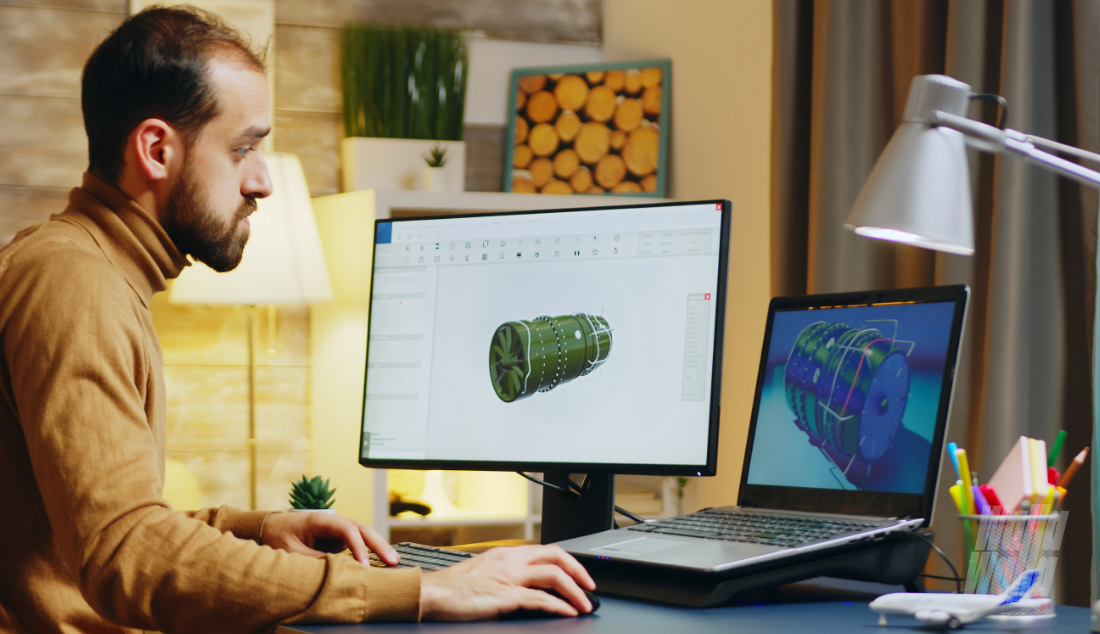
2. Animation
The 3D animation process makes a model move or changes over time. Adding motion can be done in various ways by using software to manipulate the model’s parts to create the specific movement or change you want to achieve.
In addition to purely digital animation approaches, designers also use motion capture by taking video footage of actors to track their movements or mimics. It allows the creation of highly realistic animated characters that can be used in various contexts. Motion capture technology was first popularized with the film “Avatar.” Still, it’s now becoming increasingly common in numerous different applications.

3. Texturing
In order to provide virtual objects with a realistic appearance, designers add color and textures to the object surfaces. The texturing process requires designers to understand the different types of textures and how they work together to create realistic-looking digital items.
It implies a deep knowledge of lighting and shadows, as they are crucial elements in making virtual surfaces look life-like and authentic. Even though special software tools keep advancing to facilitate texturing routines, adding colors, shadows, and textures to three-dimensional surfaces remains manual and time-consuming. Besides, an artistic vision is a must-have trait of any 3D designer involved in texturing.
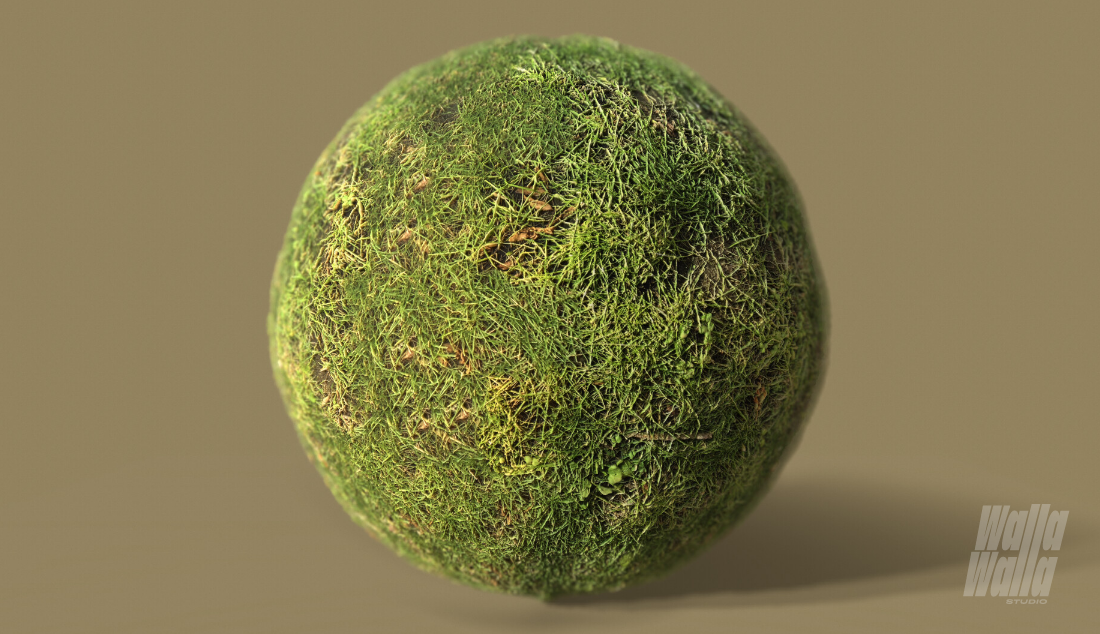
4. Rendering
Rendering refers to creating a realistic 2D portrayal or image of a 3D model. Designers use specialized software to render three-dimensional objects into realistic-looking images on a flat screen.
Some popular software tools for rendering include Autodesk 3ds Max, Blender, and Cinema 4d. Each has its own features and capabilities that make it suitable for different types of 3D modeling and rendering.
Autodesk 3ds Max is a popular choice for professionals as it offers a wide range of complex features and tools. However, it can be a difficult program to learn and use. Blender is an open-source software tool that offers free features and is easier to master.
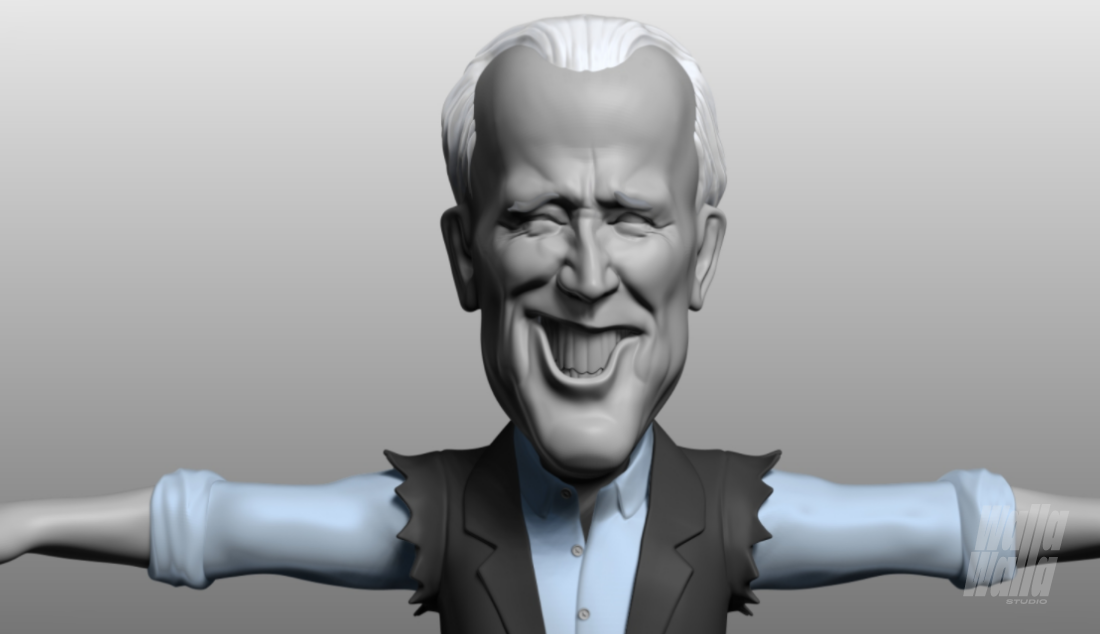
5. Polygonal modeling
Polygonal modeling uses polygons to create objects or shapes. This style of 3D modeling can be used to create both realistic and abstract models. Usually, it helps create more complex models in shape than traditional box-style ones.
This modeling method is based on the so-called three-dimensional shapes in the polygonal mesh theory. This type of shape can be represented using 3D coordinate systems. The polygonal mesh theory is a mathematical theorem that describes polygons and their relationships to each other. Also, it explains how different three-dimensional structures correspond within a scene or environment. The theory helps improve the realism of polygonal models and their relationships to other objects.

6. NURBS and Curve modeling
NURBS stands for “Non-Uniform Rational B-splines”, which are curves that are formed by a series of points. This type of modeling is very accurate and can be used to create realistic-looking objects and environments.
Curve modeling is a more free-form type of 3D modeling that allows for a lot of creativity and freedom in how you design shapes and objects. It is noteworthy that knowing math is unnecessary for curve modeling because you can create the curves you need without having to do any complex calculations or formulas. This type of modeling is more intuitive and creative, which means you can focus on creating unique and abstract objects instead of worrying about getting the math right.
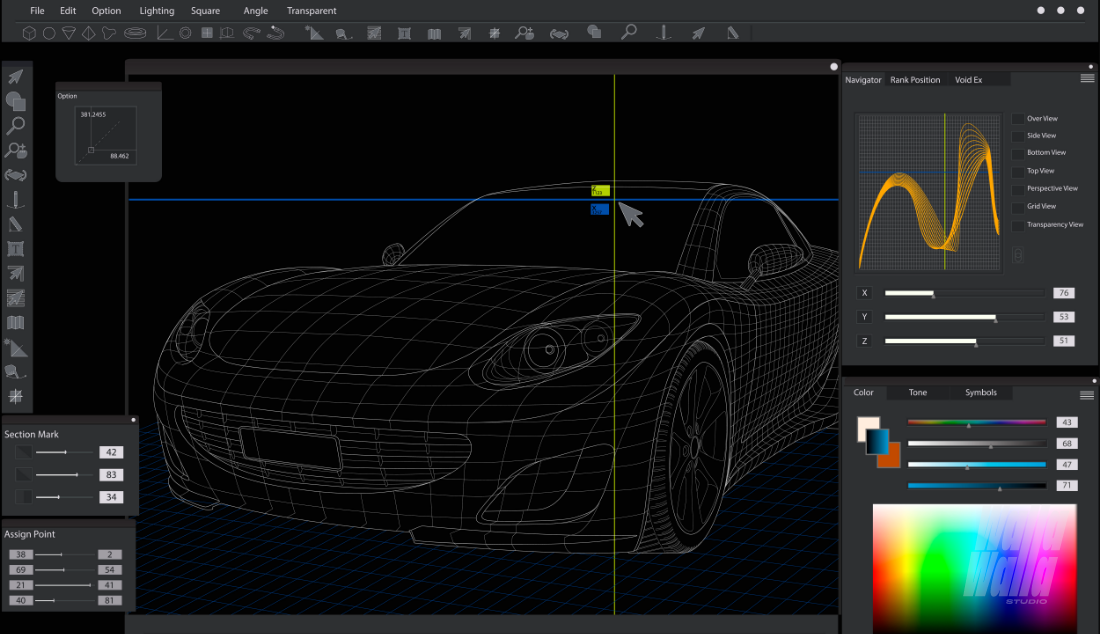
7. Digital sculpting
Digital sculpting is a form of virtual modeling that helps create three-dimensional objects using digitized clay. This form of modeling works well for sculpting organic forms or objects, allowing for creativity and freedom in the design process. Digitized clay can be sculpted and shaped as needed, which makes it a versatile and flexible base material for 3D models. Digitized clay is a great choice if digital objects require a more natural look, as it can provide a lot of texture and detail.

8. Procedural modeling
Procedural modeling refers to creating three-dimensional models with a set of procedural rules or steps. This process can be intricate and complex, as it implies creating 3D art objects using specific algorithms.
Besides, procedural modeling can help modify the existing models according to particular rules without starting them from scratch. In addition, procedural modeling is an excellent choice for automating the creation process. It can help build more complex and realistic three-dimensional objects while reducing the overall time and effort involved.
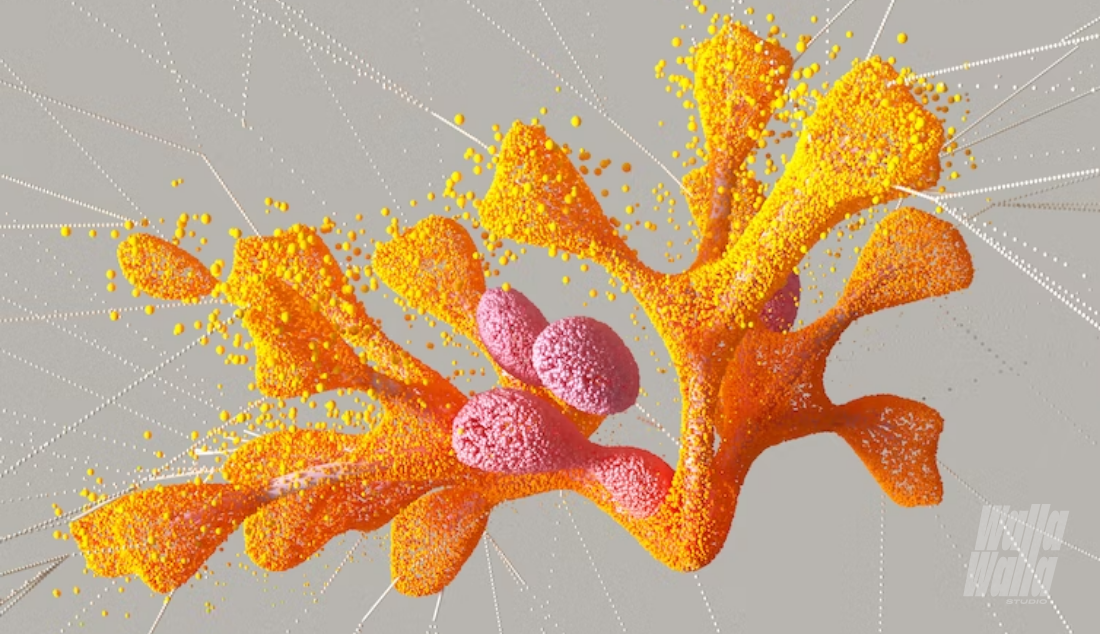
9. Box modeling
Box modeling is considered the simplest modeling method since it uses primitive geometric shapes such as cubes and spheres to create 3D models. This method is very straightforward and easy to understand, which makes it a great choice for beginners.
Extrusion is one of the many tools used in box modeling. This tool allows you to take one face of your box and extrude it out to create a new shape or form in 3D space. It allows creating different sizes and shapes of objects or scenes, and can be very effective when used in conjunction with other tools such as booleans or bevelling.
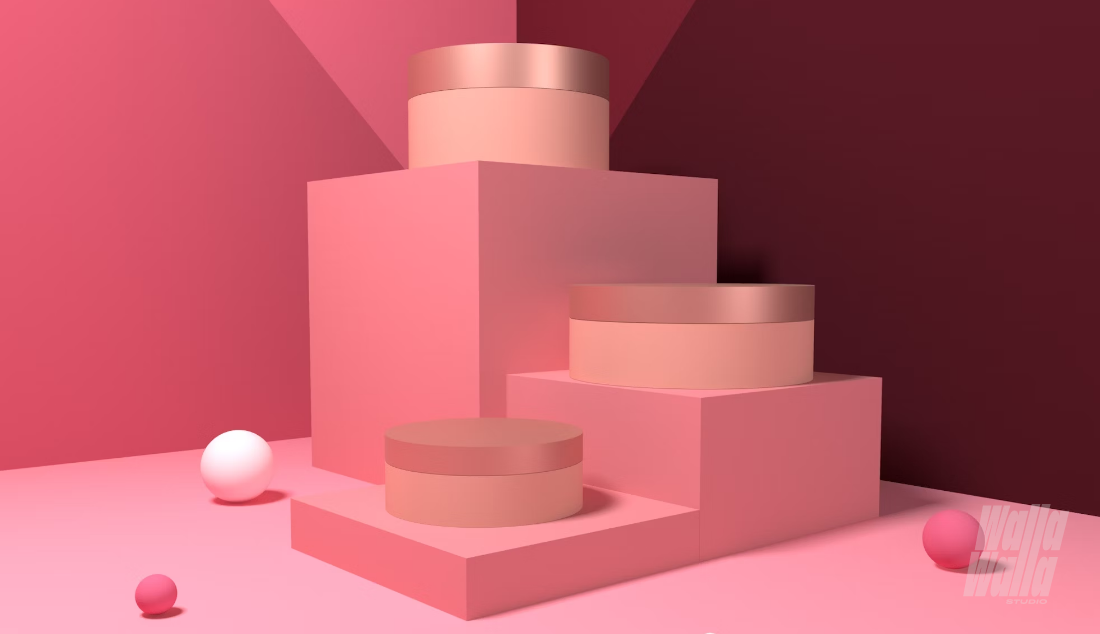
10. Contour modeling
Contour modeling is a technique that involves tracing the outlines or lines of an object in order to create a realistic-looking three-dimensional model. This technique can be very detailed and complex, as it requires an accurate understanding of how to trace each line or contour appropriately. However, contour modeling can also be an incredibly exciting and rewarding process if you’re willing to put in the time and effort required.

11. Image-based modeling
Image-based modeling is a technique that uses images as a reference for designing and creating three-dimensional models. This technique can produce realistic-looking models, allowing you to reference an object’s characteristics and features directly. Additionally, image-based modeling is a great way to add more depth and detail to your models, as you can look at a specific area or feature of an object and recreate that look and feel in your models.
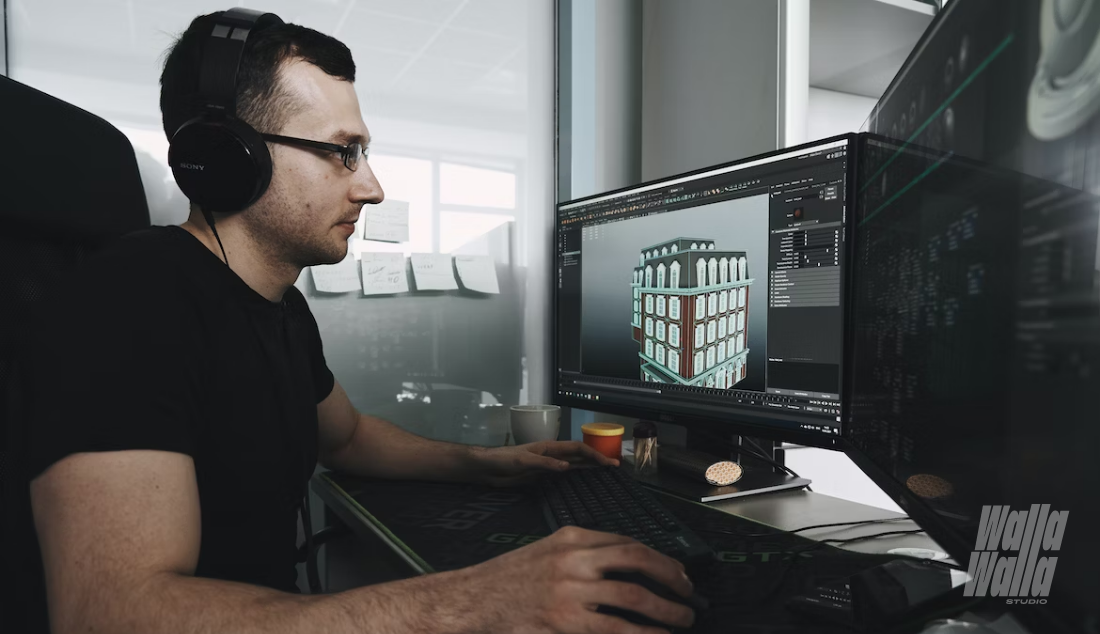
How to Choose a Perfect Art Style for Your 3D Game
A dependence between a 3D art style and a type of game definitely exists. Suppose you’re creating a realistic-looking first-person shooter. In that case, you should choose an art style that reflects that realism and grittiness. The selected art style should match the tone or atmosphere you’re trying to convey, as it helps create a more immersive experience for your players.

When selecting a type of 3D modeling for a game, it’s essential to consider the following factors:
- The type of game you’re creating
- The overall aesthetics and style of your game
- The technical capabilities of a target platform
- Personal preferences and interests of the game owner
- Skills and expertise of your creative team
- The style and properties of successful competitors
- Expectations of the target audience
Considering these factors, you can determine which type of 3D modeling is right for your game. However, there’s no single correct answer, as the modeling types that work best for your game can vary. Various technologies can be equally appropriate for the same project in many cases. The worthwhile suggestion in such circumstances is to prioritize the technology in which your designers have the most robust expertise.
Is 3D Art Graphic Artistry?
Over a few recent decades, visual aesthetics have undergone significant changes in depicted topics as in graphical approaches. Street graffiti, tattoos, and digital photos/videos have become legitimate art forms in modern visual culture. The same relates to three-dimensional images created with special software. The role of 3D digital art keeps gaining significance in modern graphics. It helps enhance the experience of various forms of entertainment and popular culture. For example, three-dimensional art is often used in films and television shows to create visual effects and special effects. They allow viewers to experience the world of the movie or television show more realistically.
3D art is undoubtedly graphic artistry because it utilizes traditional art skills and techniques to produce digital-based artwork experienced in three dimensions. The digital masterpieces created using three-dimensional techniques often involve significant knowledge and understanding, which implies an incredibly complex and detailed creation process. However, the result of such a process is often beautiful and unique artwork that anyone who likes traditional art seems to appreciate.
Professional designers and creators of digital visuals offer their artistic vision through various services for gaming, television, films, advertising, and other sectors of modern entertainment. Such services are becoming more affordable for customers despite the more sophisticated and impressive content they deliver.
Contact our creative team to turn your ideas and demands into exciting 3D graphics. No technical boundaries but infinite inspiration are what Walla Walla provides for a considerable price.
